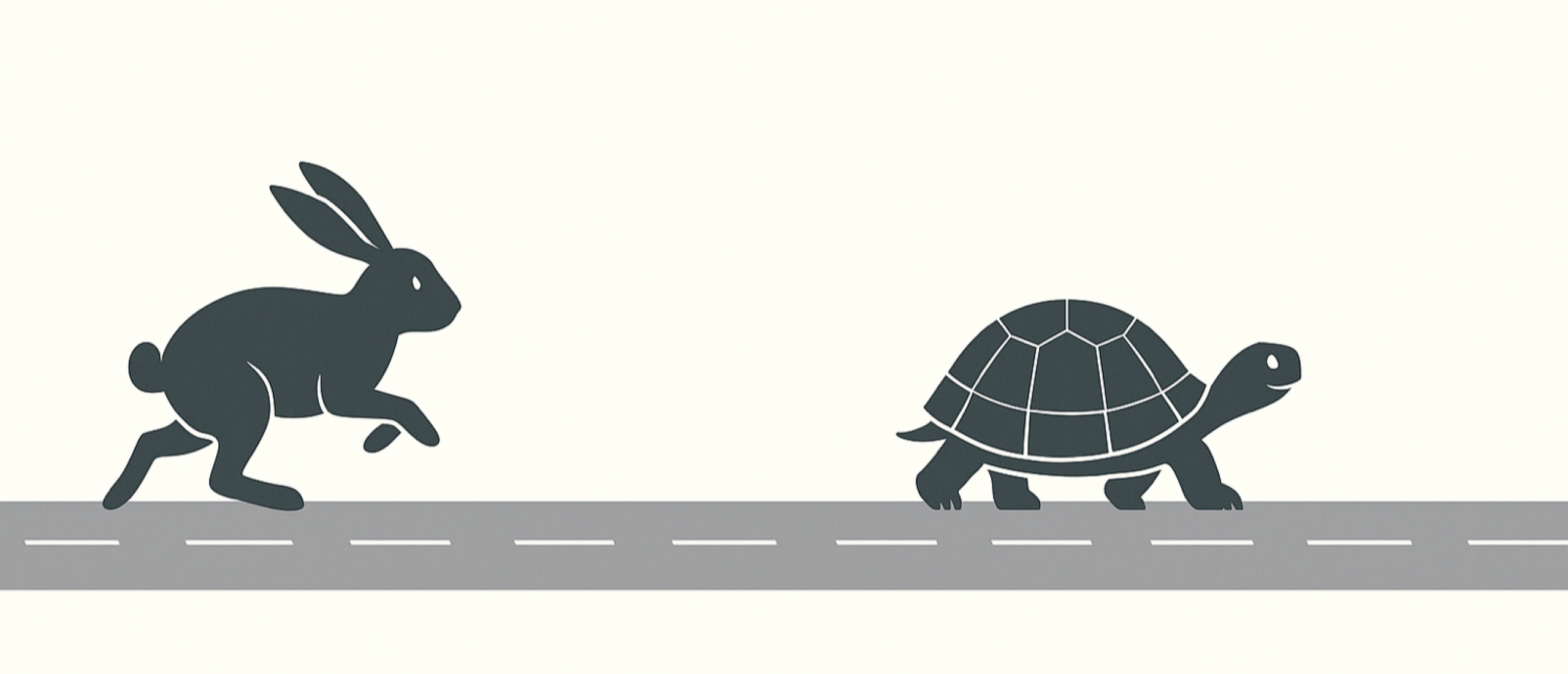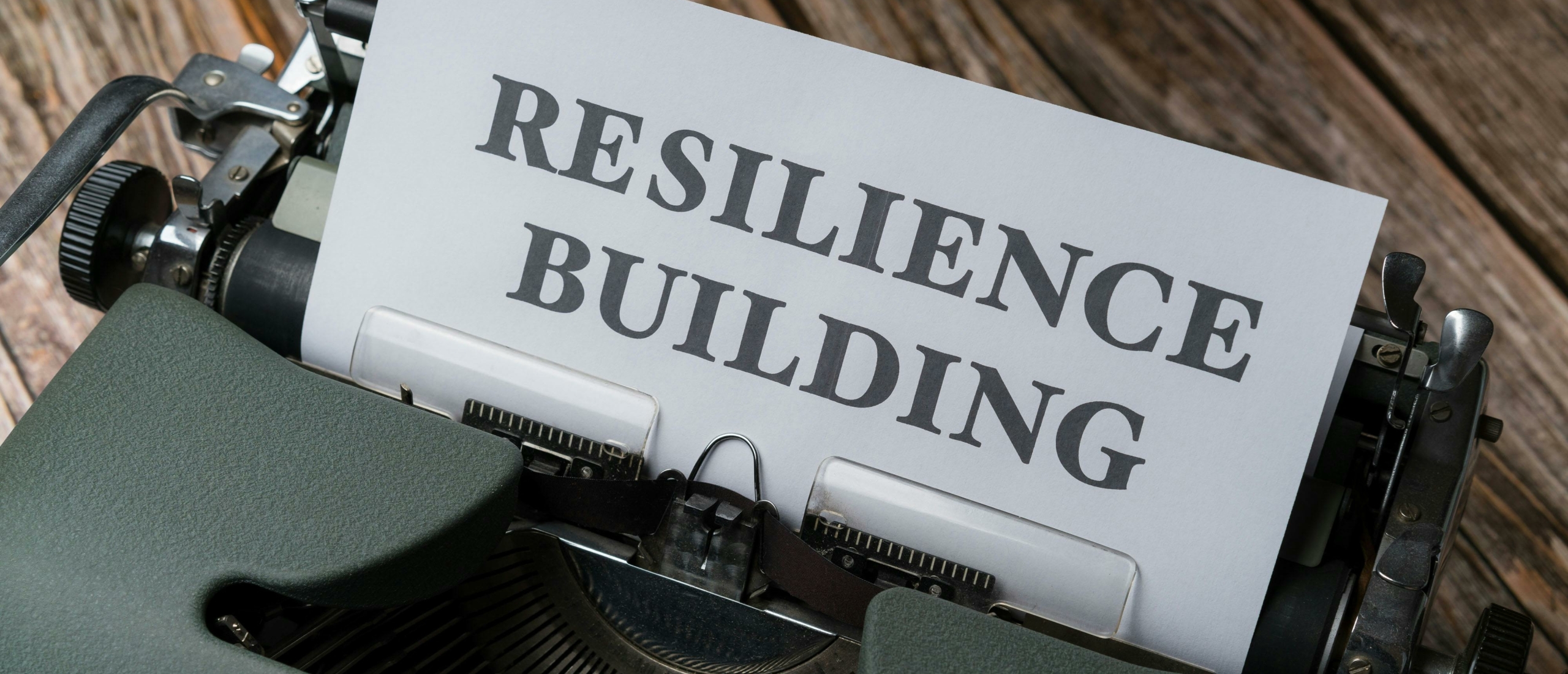
Quick stress fixes like deep breathing, short breaks, or stretching calm your nervous system immediately. But they don’t remove the causes of stress. Long-term solutions — such as consistent sleep, regular exercise, balanced nutrition, and workload changes — are essential for lasting resilience. The best approach combines both.
We all know the appeal of quick fixes. When you’re stressed, the last thing you want is another complicated plan. A deep breath, a short walk, or a five-minute break can feel like a lifeline — and they often are.
But here’s the truth: while quick strategies give you immediate relief, they don’t change the conditions that caused the stress in the first place. For lasting protection, you need to build long-term habits and resilience.
This article explains why both matter, where quick fixes fall short, and how to combine short-term relief with deeper solutions that truly make you stronger against stress.
Why Quick Fixes Appeal (and Work in the Moment)
Quick strategies work because they target the nervous system directly. Breathing exercises activate the parasympathetic branch (your “rest and digest” system), short walks release muscle tension, and mindful breaks reset attention.
They also require very little willpower. In the middle of a demanding workday, you might not have the energy to prepare a healthy meal or start a new exercise routine. But you can always step away for a two-minute stretch or silence notifications for a moment.
That’s why quick fixes are so popular: they give you relief now.
The Limits of Quick Fixes
The problem is that quick fixes don’t address the underlying causes of stress. If your workload is overwhelming, if you lack control over your schedule, or if your sleep is consistently disrupted, stress will keep returning.
This often leads to frustration: “I’m doing breathing exercises — so why am I still exhausted?”
The answer is simple: quick fixes are like applying a band-aid. They help with symptoms but not the root problem.
Why Long-Term Solutions Matter
Lasting resilience requires deeper changes. These can take more effort, but they reshape your brain and body in ways quick fixes cannot.
- Habits: Regular physical activity boosts serotonin, dopamine, and brain-derived neurotrophic factor (BDNF), improving both mood and cognitive resilience. Consistent sleep restores hormonal balance and strengthens memory. Balanced nutrition stabilizes blood sugar and energy levels.
- Structural changes: Adjusting workloads, delegating tasks, and increasing autonomy at work reduce the chronic stressors that drain energy in the first place. Importantly, these kinds of changes don’t just make you more resilient — they can prevent stress from arising in the first place by removing or reducing its causes.
- Neuroscience perspective: While quick fixes calm stress hormones temporarily, only repeated, consistent changes rewire the stress system itself. Studies show that habits like exercise and sleep alter HPA axis regulation and increase the brain’s ability to adapt under pressure.
In short: long-term solutions not only strengthen resilience, they can also prevent stress by addressing its roots.
Quick Fixes vs. Long-Term Solutions: At a Glance
| Quick Fixes | Long-Term Solutions |
|---|---|
| Immediate relief (breathing, breaks, stretching) | Build resilience (exercise, sleep, nutrition, habits) |
| Low effort, easy to start | Requires consistency and patience |
| Helps with symptoms | Addresses root causes |
| Good for daily resets | Protects against chronic stress |
| — | Can prevent stress by improving working conditions |
How Quick and Long-Term Work Together
Think of stress management like driving.
- Quick fixes are the emergency brakes: they stop you from crashing in the moment.
- Long-term solutions are the better roads: they make the whole journey smoother, safer, and less exhausting.
The best approach is to use both. Take micro-breaks when the pressure spikes, but also commit to building the habits and structures that make stress less damaging over time.
Stress Prevention: Going Beyond Resilience
Most stress advice focuses on coping or recovery. But the most powerful long-term strategy is prevention — changing the conditions that create stress in the first place.
At work, this might mean redistributing tasks, reducing unnecessary bureaucracy, or increasing employees’ autonomy over how they organize their time. In daily life, it could involve setting clearer boundaries, simplifying commitments, or redesigning routines to reduce constant decision-making.
When stressors are reduced at the source, there is less need to constantly rely on coping strategies. Prevention not only protects health but also boosts motivation, focus, and productivity in the long run.
Your Action Plan
- Start with one quick fix you can apply right away — a breathing exercise, a short walk, or a 2-minute mindful pause.
- Add one long-term habit that strengthens resilience — for example, keeping a consistent sleep routine or planning regular physical activity.
- Expect setbacks. Missing a day is normal; consistency over weeks and months is what rewires stress responses.
Conclusion
Quick fixes are valuable. They help you get through stressful moments and give you the space to breathe. But if you want to protect yourself against chronic stress, they aren’t enough.
Lasting resilience comes from the habits you build and the conditions you change. And when those conditions are improved, stress can often be prevented before it even starts.
That’s why the best strategy isn’t choosing between quick or long-term — it’s combining both. Calm stress today, build resilience for tomorrow, and wherever possible, prevent stress at its source.
👉 Want a simple starting point? Download our free ebook “Trapped in Overwhelm” and get the starter version of our personal stress coach companion, and take the first step toward building lasting stress resilience.











